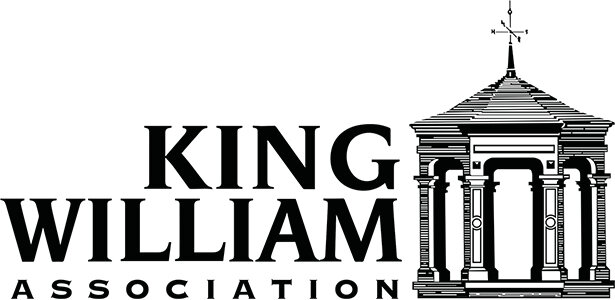acequias
Did you know that beneath the King William neighborhood lies a National Historic Civil Engineering Landmark, designated by the Society of Civil Engineers in 1968? Part of the Spanish acequia system lies beneath portions of the King William neighborhood. Acequia Madre (or mother ditch) is so named because its part of the primary ditch network. The Alamo acequia (or Acequia Madre) began at Madre Dam, now in Brackenridge Park, flowing down the valley, behind the Alamo, down Alamo Street and eventually emptying into the San Antonio River across from Blue Star. Diversion systems fed off of this acequia to water the fields supporting the early San Antonio settlement and missions. Wickes street today follows a feeder ditch extending from the Alamo acequia at South Alamo to the river at Eagleland. Another important ditch, Pajalache or the Concepcion Acequia, followed the path that is now S. St Mary’s Street, beginning at La Villita, extending down St. Mary’s to Roosevelt Park where it turns toward Mission Concepcion. But these are only part of the extensive acequia system that lies beneath the city of San Antonio.
The term "acequia" is derived from the Arabic word "al-saqiya." Irrigation technology dates back at least 3,000 B.C. in western Asia, the Middle East, and North Africa, and this technology made its way to southern Europe through cultural exchange. The Spanish brought and spread this technology to the New World, although many American Indian cultures had invented their own centuries before the Spanish arrived. Governor Don Martin de Alarcon ordered the construction of the San Antonio acequias using conscript Indian labor. Construction of the acequias began in 1719 by diverting water from San Pedro springs. Eventually some 50 miles of ditches were dug, leading to a network of fields on both sides of the San Antonio River. The acequias served all of the mission settlements The ditches were used in the downtown area until a few years after 1870, when the first railroad reached San Antonio.
The Alamo acequia was used up to the early 1900s, and portions of the Espada acequia system continue to be used today. Just how these early engineers were able to follow the contours of the valley’s topography and what instruments they used is unknown, but this technology had been around thousands of years, and the Spanish may have copied that used by the Romans. Remnants of the acequia system can be seen in several locations within the city today. Remnants can be seen in HemisFair Park, and another segment has been restored behind the Alamo and downtown Hampton Inn. Acequia Park part of the Antonio Missions National Historic Park administered by the National Park Service, and the San Juan Acequia Trail along South Presa in south San Antonio are surviving segments of this extensive system of ancient ditches. So is the Mission Espada aqueduct, which is a National Historic Landmark.
The Pajalache or Concepcion Acequia
The Pajalache or Concepcion acequia path is under S. St Mary’s Street, according to research and a map created by the late Waynne Cox. It began at the San Antonio River’s bend at La Villita and extended past Mission Concepcion. Here is a portion of the acequia that was uncovered and documented during utility upgrades..
San Pedro Acequia
The San Pedro acequia, one of the most important to the infant settlement of San Antonio de Bexár, tapped San Pedro Springs and was constructed about 1734-1738 on the high ground between San Pedro Creek and the San Antonio River. It was to provide a source of fresh water to the Spanish presidio and the Villa of San Fernando de Bexár settled by the immigrant Canary Islanders, and to irrigate the fields of the villa, which were located on each side of the ditch south of the presidio.
As the villa and commercial activity grew in and around San Fernando and the main plaza, pollution of the ditch became a major problem, not the least of which was a tannery north of the presidio and the butchered and discarded human remains of two Comanches killed in the Council House massacre. The polluted acequia water was the source of severe cholera epidemics in 1849 and again in 1866. Problems with pollution and maintenance led to the abandonment of the ditch, which was officially closed in 1912, although it had ceased to function as a source of water by the mid 1880s. A segment of this ditch is exposed at the SAHA offices on S. Flores Street. Also, the Commander’s House on S. Main Avenue has preserved a segment of this acequia by using the acequia as a planter that can still be seen today.
~ Harry Shafer
Sources: The Spanish Acequias of San Antonio (2005) by I. Waynne Cox. Maverick Publishing Co., San Antonio; Down the Acequia Madre: In the King William Historic District (1976) by Mary V. Burkholder.



